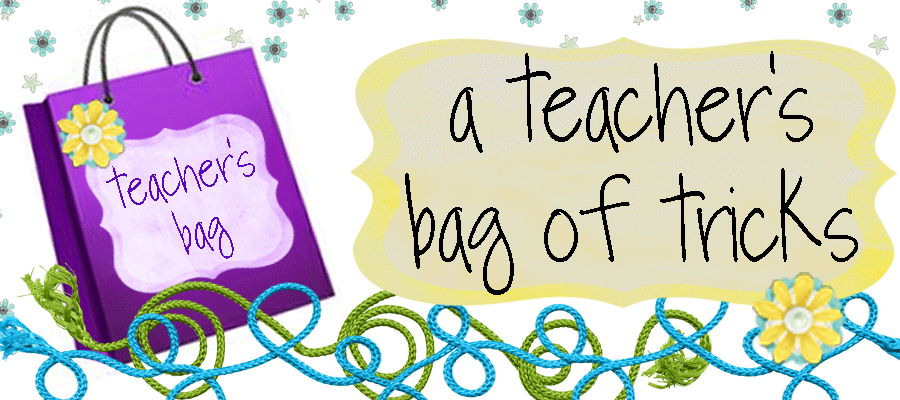One of our middle schools will be a school of fine arts in the Fall and I am very interested in the concept. In a time where arts is often first on the chopping block, the focus on fine arts, rather than the cutting of it, is a welcomed idea.
I came across this article on research-based approaches to art integration in middle school through a program called 'artful thinking'
I wanted to share some of the article here as it shows some clear evidence on the benefits of art integration in education in some obvious and less obvious areas of learning and development.
Arts integration has been shown by several rigorous studies to increase student engagement and achievement among youth from both low and high socioeconomic backgrounds (Catterall, Dumais, & Hampden-Thompson, 2012; Upitis & Smithrim, 2003, cited in Upitis 2011; Walker, McFadden, Tabone, & Finkelstein, 2011). Arts integration was introduced at Wiley H. Bates Middle School, in Annapolis, Maryland, as part of their school improvement plan in 2008 after the district applied for and was awarded a four-year grant under the Arts in Education Model Development and Dissemination (AEMDD) Grant Program.
Since arts integration was first implemented at Bates, the percentage of students achieving or surpassing standards for reading has grown from 73 percent in 2009 to 81 percent in 2012, and from 62 percent to 77 percent for math during the same period, while disciplinary problems decreased 23 percent from 2009 to 2011.
Artful Thinking
Artful Thinking is a program developed by Harvard's Project Zero in collaboration with the Traverse City Area Public Schools in Michigan. It is an approach to teaching creative thinking that uses six routines to explore artistic works and subjects across the curriculum. These routines contain strategies to deepen art experiences.
- Reasoning: Asking, "What makes you say that?" to prompt students to cite evidence to support claims
- Perspective-taking: Asking, "What does the character (or author) perceive, know, or care about?" to understand diverse perspectives and ways of approaching problems
- Questioning and investigating: Brainstorming questions and using prompts to spark observations and inquiry (e.g., How? What? When? Why? What if? and "I see," "I think," "I wonder")
- Observing and describing: Describing and elaborating upon what you see and/or hear (e.g., imagining the artwork as the beginning, middle, or ending of a story, and/or describing formal qualities of a work of art)
- Comparing and connecting new ideas to prior knowledge: Asking questions to prompt core ideas and connecting, extending, and/or challenging core ideas
- Finding complexity: In order to uncover multiple dimensions and layers, asking questions such as, "How is it complicated?" "What are the different layers and pieces?" "What are its parts and purposes?" "What insights do you have about the topic?"
These routines are fundamental to critical thinking. In a meta-analysis of studies investigating methods of teaching critical thinking, Abrami et al. (2008) cite a broad definition of critical thinking as "purposeful, self-regulatory judgment, which results in interpretation, analysis, evaluation, and inference, as well as explanation of the evidential, conceptual, methodological, criteriological, or contextual considerations upon which that judgment is based." The meta-analysis found that the most effective way to teach critical thinking was by teaching a separate thread of general critical-thinking principles, and then involving students in subject-specific application of these critical-thinking principles. In accordance with this research(Abrami et al., 2008), Artful Thinking explicitly defines several habits of thought that are fundamental to critical thinking and then engages students in applying those habits within specific subject areas.

No comments:
Post a Comment